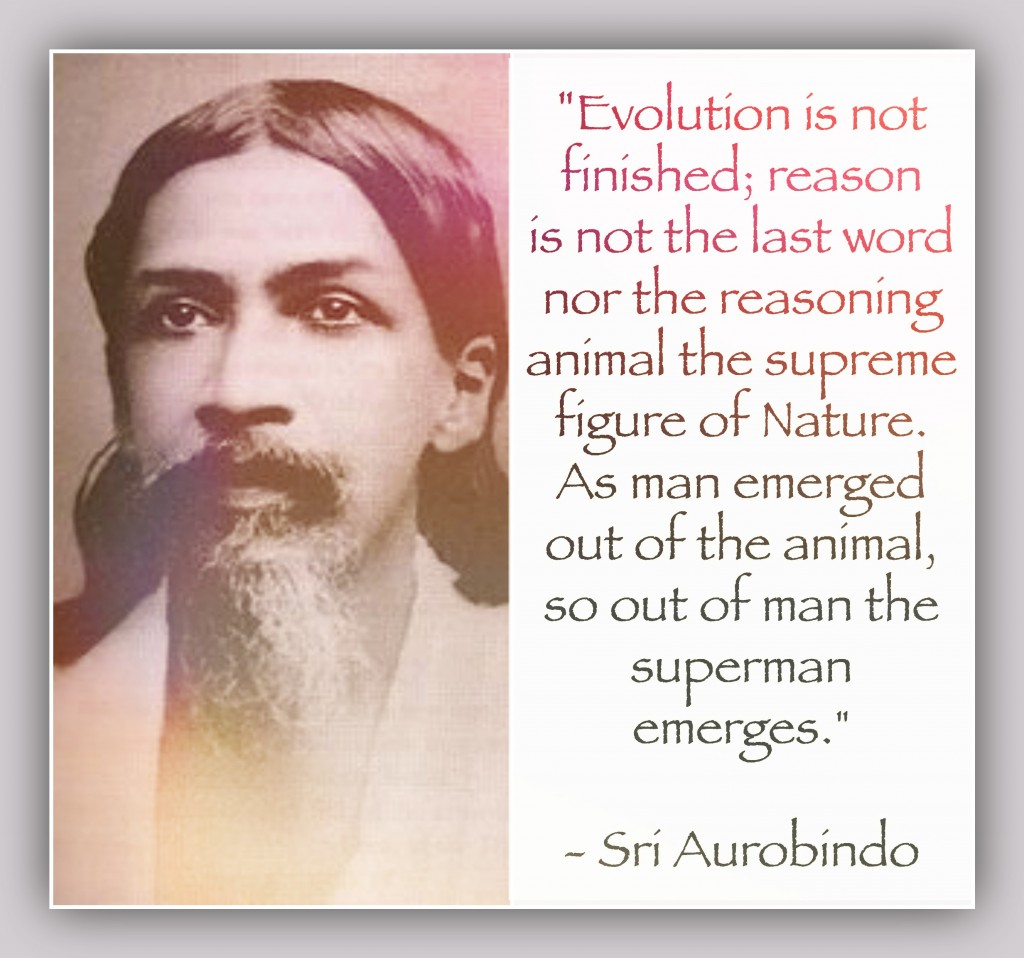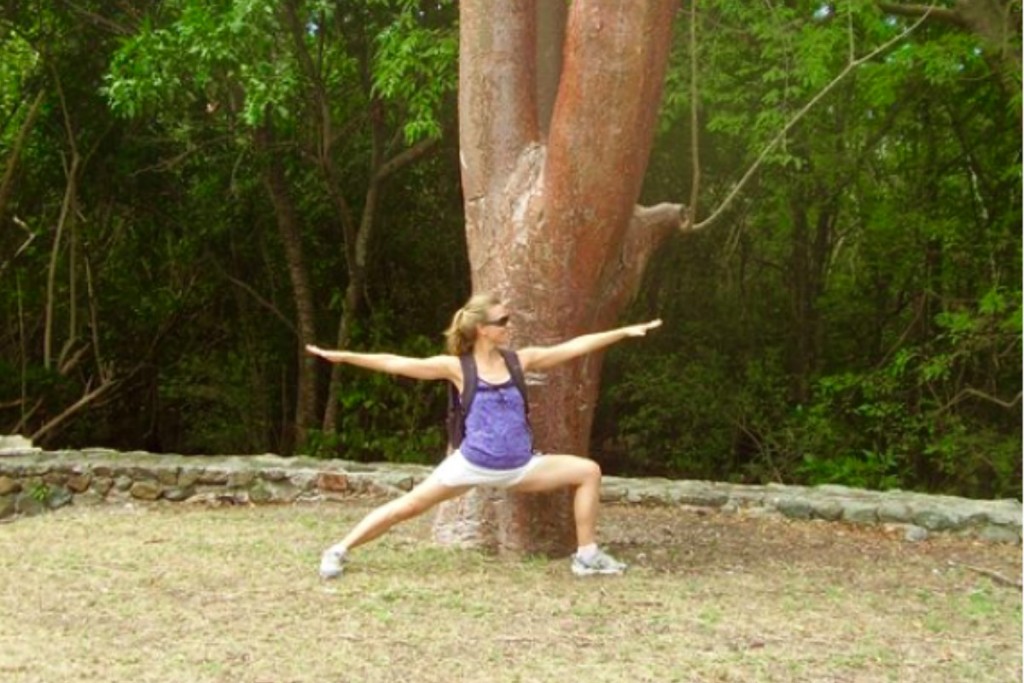With the recent release of the new action film Lucy it seems fitting to discuss the controversial topic of superhumans. As a small disclaimer, this subject requires the willingness to go beyond what some might consider to be a “rational” thought process. By all means, I encourage you to exercise your discernment muscles. But I will say that it helps to approach yoga philosophy with an open mind…
There are many different kinds of superhumans which can essentially be divided into two categories-natural and artificial. According to Wikipedia, “A super race is a future race of improved humans that is proposed to be created from present-day human beings by deploying various means such as eugenics, genetic-engineering, yoga, nanotechnology, and/or brain-computer interfacing to accelerate the process of human evolution.”
The branch of superhuman development that involves yogic technologies is part of Sri Aurobindo’s Integral Yoga:
Sri Aurobindo (1872-1950) developed a system of yoga called Integral yoga to transform selected humans into a new super race called the Supermen that would have a fully and permanently awakened kundalini and thus become siddhas with various siddhis (paranormal powers) such as the ability to observe chakras and auras with the third eye, to travel by astral travel at will, to be able to subsist adequately with full bodily functions on small amounts of vegetarian food, to go long periods without sleep, to communicate by telepathy and to levitate. The function of this new super race would not be to dominate others but to lead humanity toward world peace. – Wikipedia
Paranormal powers without the use of drugs, surgery or technology might sound more like fantasy than science fiction. Social conditioning based on the 300-year old system of Western science has made it difficult to comprehend such things. No matter what your belief system may be remember that there is no one-size-fits-all method to learning. I recommend that you use what works and leave the rest.
The science of yoga is designed to assist with paranormal evolution. The siddhis are part of the journey but they are not the end result. It takes a long time and a lot of hard work but ultimately the Slow Path is the best way. While the quick fix of hotwiring our brains and bodies into an artificial state of advanced evolution may seem tempting, it is unlikely that these future technologies will be available to anyone but the super-elite. And if by some slim chance they were available to the general public I wouldn’t trust them. The potentially damaging effects to the subtle body isn’t worth the risk.
What do you think about super-humanism? Feel free to leave a comment in the box below.
When Life Gets Busy Your Practice is the First Thing to go




